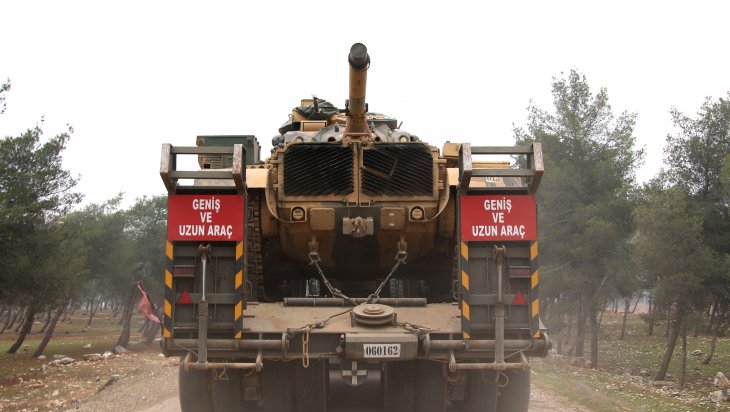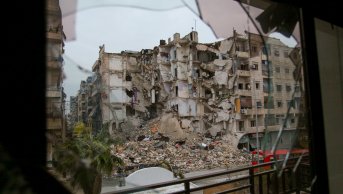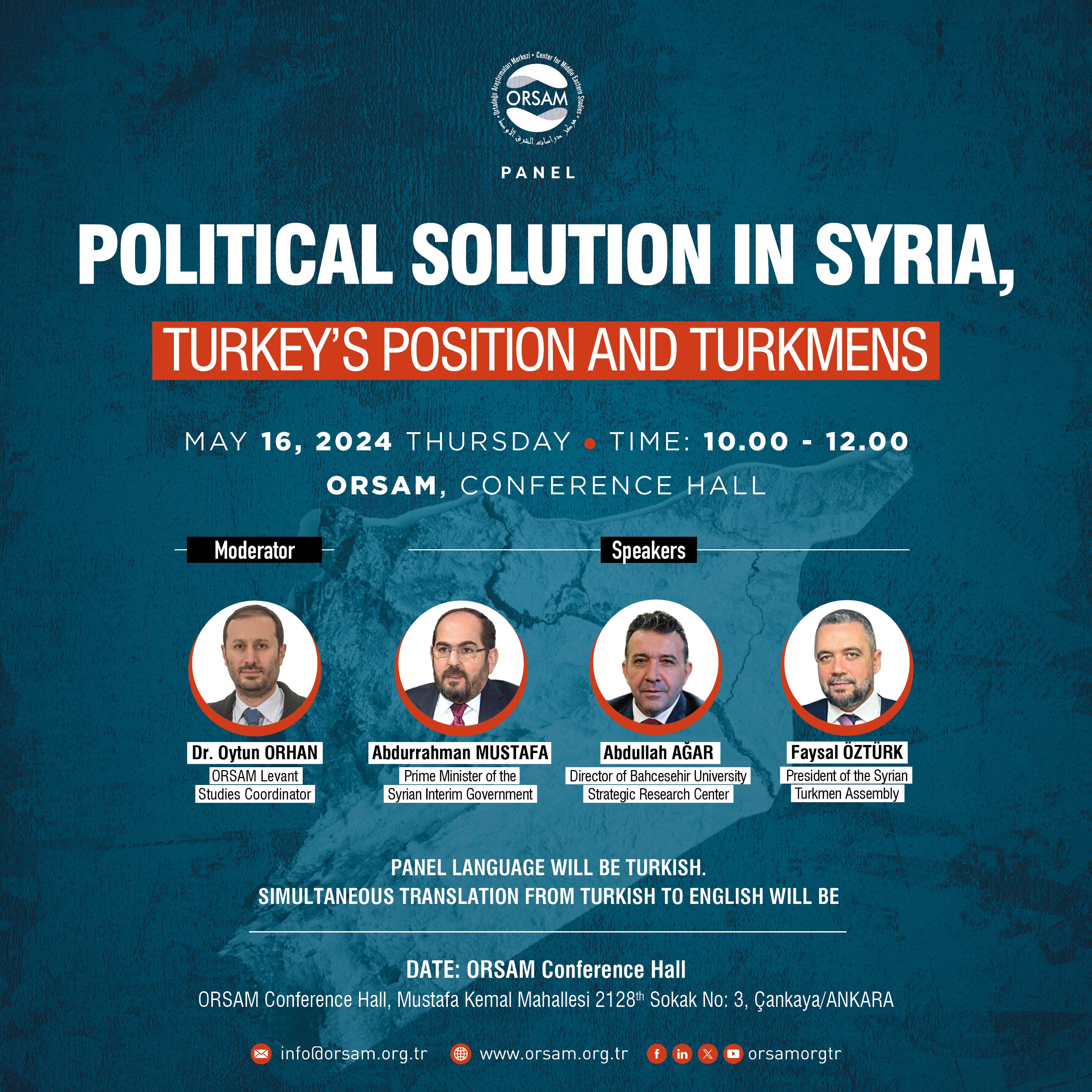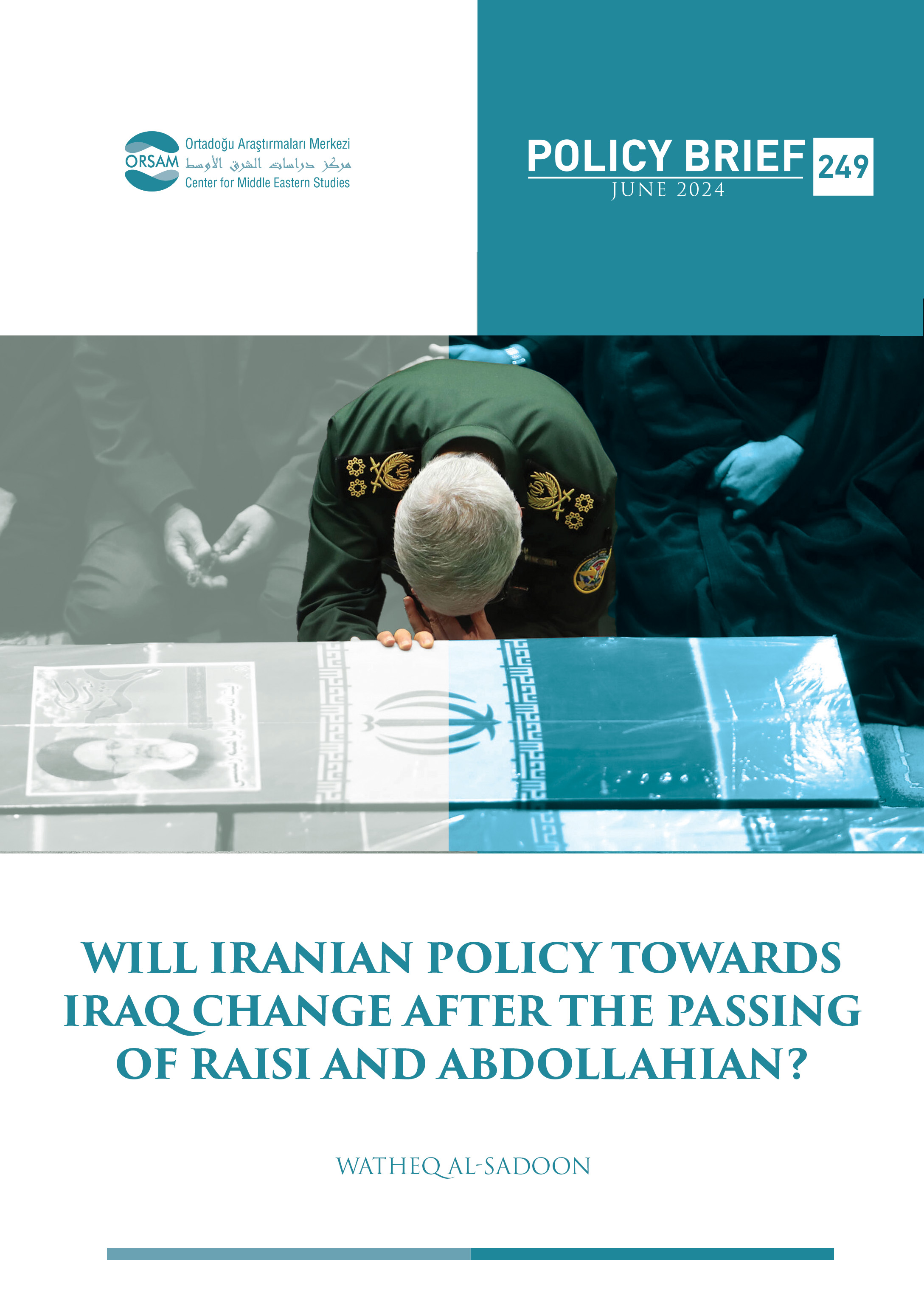Is the Withdrawal from Idlib Observation Points a Well-Planned Strategy or a Strategic Mistake?

Turkey, Russia and Iran, the three guarantor countries of the Astana talks, signed a memorandum for the building of no-conflict zones in Syria during the meeting held in Astana on May 3,4, 2017. In accordance with the memorandum, four no-conflict zones have been created in Syria. It was decided that the Turkish Army (TA) would play an active role at the Idlib de-escalation zone and, as a result, 12 observation points were set up by the Turkish Army in the region to ensure the continuance of the ceasefire. Similarly, Russia and Iran set up 10 and 7 observation points outside of the Idlib de-escalation zone, respectively. However, since Russia and the Syrian Regime continue their airstrikes on the region using the pretext of the fight against terrorism and since the regime has resumed its land attacks after May 2019, the observation points became irrelevant. As a matter of fact, between the attacks that started in May 2019 and the Moscow Agreement of March 5, almost 2/3 of the de-escalation zone in Idlib came under the regime’s control. This situation affected particularly the Turkish Army observation points built along the Aleppo-Damascus highway. Seven observation points in that zone remained in the land controlled by the regime, which forced the Turkish Army to make new decisions regarding these observation points.
Facts about the Region and New Strategies
As the regime forces progress, the armed opposition losing ground and movement of the civilian population in the regions occupied by the regime towards the north have created a new status quo in the Idlib de-escalation zone. After the Moscow Agreement on March 5, 2020, a new ceasefire was accepted based on the new balances. The Turkish Army strengthened its cooperation with Russia and began joint patrols on the Aleppo-Latkia highway, from Trumba to Ayn el-Havr, which covers a distance of close to 80 km. The Turkish Army also took strict measures against jihadist groups so that there will be no excuse for the regime to launch new attacks. Furthermore, the Turkish Army closely observed the ongoing armed conflict in Cebel Zaviye and responded when the regime made harassment attacks. The Turkish Army also continued supplying weapons and military personnel to the region after the Spring Shield Operation and showed its commitment to protect the ceasefire by taking necessary measures as needed. As a part of this commitment, it set up new military stations in many points including Cebel Zaviye and reinforced its presence in the region.
After the Moscow Agreement, there is particular concern about the future of the 12 observation points in the Idlib de-escalation zone. After the land losses of the armed opposition in Idlib, the observation points of the Turkish Army in Anadan, Raşidin, Tel Tukan, Şir Mağar, Morek, Surman and El İys remained in what is now the regime-controlled area. Starting in October 2020, the Turkish Army began moving these observation points to safe zones. After the evacuation of the ninth observation point in Morek, which is the biggest observation point of the Turkish Army and which is located in the southernmost point of the de-escalation zone, the process of moving other observation points that are in danger also began. This process of withdrawal is a measure taken by the Turkish Army in the face of the new situation that arose in the region.
This move of the Turkish Army can be explained in three points. Firstly, with the changing land-control balance, the observation points became obsolete. Originally the observation points were set up to ensure that the ceasefire continued at the border between regime and opposition forces. However, some observation points are no longer located at the borders but are within the regime-controlled areas. Also, after armed opposition forces withdrew from critical areas like Han Şeyhun, Maret El Numan and Serakib, the population in those areas moved toward the north of Idlib. This situation made particularly the observation points situated on the Aleppo-Damascus highway pointless.
Secondly, some problems ensued with regards to the transfer of medical assistance, military supplies and food to the soldiers stationed in observation points. Since the seven observation points are now surrounded by the regime forces, they no longer have a land connection to the army. This forces the Turkish Army to cooperate with the Russian forces whenever there is a need for sending supplies. This was a disadvantageous situation for the Turkish Armybecause it had to rely on Russian assistance. In order to overcome the problem and to make sure that the Turkish side controls the situation whenever there is a need to send supplies, the Turkish Army moved its regime-surrounded observation points to the areas under its own control.
Thirdly and most importantly, the Turkish Army wants to address security concerns. Since the regime forces surrounded the Turkish observation points on the Aleppo-Latakia line, these points became targets for regime forces and Iran-backed militias. Especially the 9th observation point in southern Morek and the 10th observation point in Şir Magar, were attacked by the regime forces multiple times and the attacks on these observation points resulted not only in material damages. When the 10th observation point was attacked in June 2019, 3 soldiers were injured as a result of a mortar attack. The 9th observation point was also attacked during the same month. After starting land attacks in May 2019 in violation of the September 2018 Sochi Agreement, the regime forces stepped up their harassment attacks on the observation points of the TA. In addition, the Turkish Army convoys that were sent to the observation points were also targeted by the regime forces. For instance, in the attack launched against the Turkish military convoy that was on its way to the ninth observation point in August 2019, three civilians lost their lives and twelve civilians were injured. The last attack attempt took place in September 2020. This time the attack came in the form of regime militants disguised as civilians and not through mortar shells. According to the statement released by the Ministry of National Defense, thanks to the measures taken around the observation points, the attempts of attack on the third, fourth, fifth, sixth, seventh, eighth and ninth points were thwarted. In other words, the Asad regime and Iran-backed militias targeted Turkish Army points in regime-controlled areas at every opportunity they had. Observation points, which gave the strategic upper hand to the Turkish Army when they were first set up, created a disadvantageous situation over time because the armed opposition lost those areas to the regime forces.
Another point that must be emphasized here is that the observation points were not abandoned and instead they were moved back to the opposition-controlled areas. In other words, Turkey still has the right to have observation points in the Idlib de-escalation zone, which had been obtained through diplomatic moves. This move shows that Turkey is still committed to the region. As a part of this ongoing commitment, these observation points were moved to the strategic Cebel Zaviye, which has been subjected to regular attacks by the regime and its allies in recent months. Finally, the Turkish soldiers stationed at the observation points, which were considered as targets by the regime forces and Iran-backed militia, are now safe. This will give the Turkish Army the upper hand in any potential, future armed conflicts.
Does the Transfer of Observation Points Signal a New Operation in Idlib?
The joint decisions made by Turkey, Russia and Iran during the Astana talks as well as the bilateral agreements between Turkey and Russia, most particularly the Sochi Agreement and finally the Moscow Agreement, all focus on building no-conflict zones in the region. However, the regime forces violated all of these agreements to tip the balance of power in its favor. Despite the ceasefire imposed by the Moscow Agreement, the regime attacks on El-Gab and Cebel Zaviye continued. As a result, hundreds of civilians lost their lives and thousands were forced to relocate. The basic goal behind these attacks of the regime forces is creating instability in the region and securing full control over the M4 highway. Such violations by the regime are naturally drawing the ire of Turkey, as it is fully committed to the Moscow Agreement.
Starting a new operation in Idlib is not the priority of Turkey. However, Turkey does wish to be a deterrent force so that the regime will not attempt to create new armed conflicts. For this reason, the transfer of the observation points of the Turkish Army from regime-controlled areas to safe areas will be very advantageous for Turkey, because those observation points are seen as the weakest point of Turkey. In conclusion, the relocation of some observation posts in the region will help Turkey become a stronger deterrent force, will limit its reliance on Russian assistance, and will remove all the obstacles standing before a strong response to attacks by the Syrian regime.









